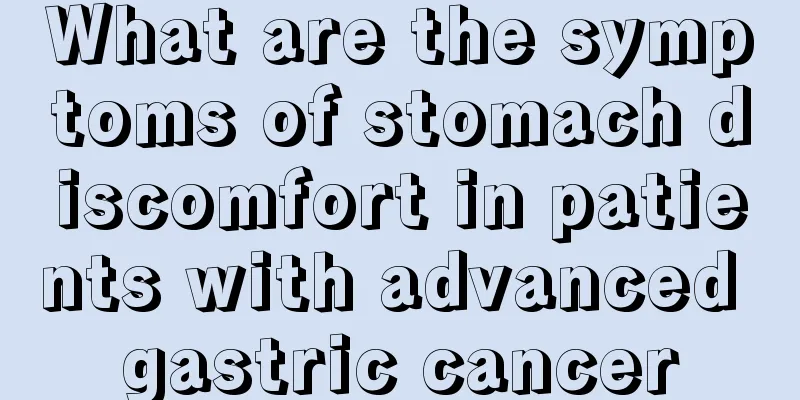Differential diagnosis of colorectal cancer

|
Intestinal cancer is more common in middle-aged and older people, with an average age of 50 years old, and more common in men than in women. Its diagnosis and differential diagnosis are as follows: 1. The symptoms and signs of colorectal cancer are related to the location of the tumor. The early symptoms are not obvious. As the tumor develops, the following symptoms appear: ① Changes in bowel habits, alternating diarrhea and constipation, mucus or blood or black stools, rectal and sigmoid colon cancer often cause tenesmus and incomplete defecation. ②Abdominal pain: More than 2/3 of patients come to the hospital for abdominal pain. The pain is usually not severe, and worsens when tired or walking. Abdominal colic may occur when intestinal obstruction occurs (lumps in the abdomen. About 80% of patients can feel lumps of varying sizes when they visit the doctor. Generally, the lumps are irregular in shape, hard in texture, and have good mobility. In the later stage, if they adhere to other tissues, the lumps will be fixed. ④Intestinal obstruction: When most of the lumps block the intestinal cavity or adhere to other tissues, it can cause intestinal obstruction, manifested as abdominal colic, abdominal distension, and constipation. Abdominal pain is generally paroxysmal colic. When there is an infection, persistent pain may occur, and the pain will worsen paroxysmically. Late-stage patients may also show anemia, cachexia, ascites, hepatomegaly, and peritonitis. 2. Fiberoptic colonoscopy is a good method for diagnosing colon cancer. It can observe the location, shape, size, local infiltration and relationship with surrounding tissues of the tumor, and can also take biopsies. 3. X-ray colonography can show changes such as disappearance of the colon bag, filling defects, stenosis, and mucosal disorder. 4. The positive rate of carcinoembryonic antigen detection is 73% to 93%. Although the positive rate is high, it has no specificity and sometimes false positives may occur. This disease should be differentiated from chronic cholecystitis, gastritis, gastric ulcer, intestinal tuberculosis, intestinal polyps, intestinal amoebic dysentery, colon spasm, schistosomiasis granuloma, benign colon tumors, etc. |
<<: There are 2 causes of colorectal cancer
>>: Treating skin cancer by dispelling wind and nourishing blood
Recommend
Why can kidney cancer be cured
Is early kidney cancer treatable? Why can kidney ...
What are the symptoms before a baby starts teething?
When babies grow to a certain stage, teething is ...
My heart feels uncomfortable when I go to bed at night
Many heart patients have particularly obvious hea...
Are there risks in tracheotomy
There are many diseases that are prone to occur i...
Can I have a caesarean section at 37 weeks of pregnancy?
The 37th week is already the late stage of pregna...
Elbow tendinitis
Elbow tendinitis, also known as tennis elbow. It ...
How to eat for ascites caused by ovarian cancer
There is no good treatment for ovarian cancer pat...
How many days after ovulation does fetal heartbeat and embryo appear?
If women have sex during their ovulation period a...
How long does it usually take for indolent lymphoma to break out
In fact, lymphoma is divided into four stages: st...
Identifying Sulfur Bananas
Bananas are not found in the north, so most banan...
Can melanoma be cured?
Whether melanoma can be cured should be judged ba...
What are the hazards of hamartoma
Hamartoma is a less common disease. Medical scien...
What are the symptoms of different types of gliomas
Glioma is a common disease that occurs in the bra...
What goes well with yogurt
We usually eat yogurt directly, and few people ea...
Can onychomycosis be contagious to other people?
Onychomycosis is common in people with diabetes, ...









